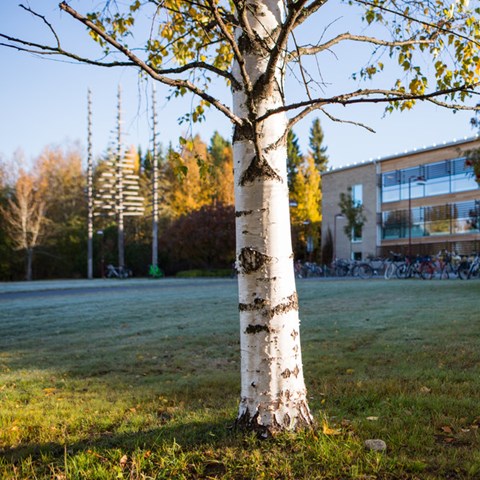In sustainable development, nature based solutions are recognized as important to meet challenges of extensive urbanization and climate change. In this context, urban trees are emphasized in particular, since their potential size and age can provide a variety of ecosystem services.
Despite much knowledge on how to manage trees in the urban context, their needs are often disregarded in construction projects. A consequence might be that trees, often exclusively considered as carbon sinks, instead contribute to carbon emissions due to the carbon footprint created during e.g. production, transport, establishment and maintenance. A pilot study showed that it takes as much as 10 years before trees are carbon neutral after being planted in an urban environment. Therefore, we would like to perform life cycle assements of urban trees to study how long time is needed for different tree species in different urban contexts to become carbon neutral, and how that time is affected by substrate chosen. The overall aim is to, through increased understanding of the carbon budgets of urban trees, stimulate to an improved resource use of trees, which will generate greener cities with higher sustainability.
